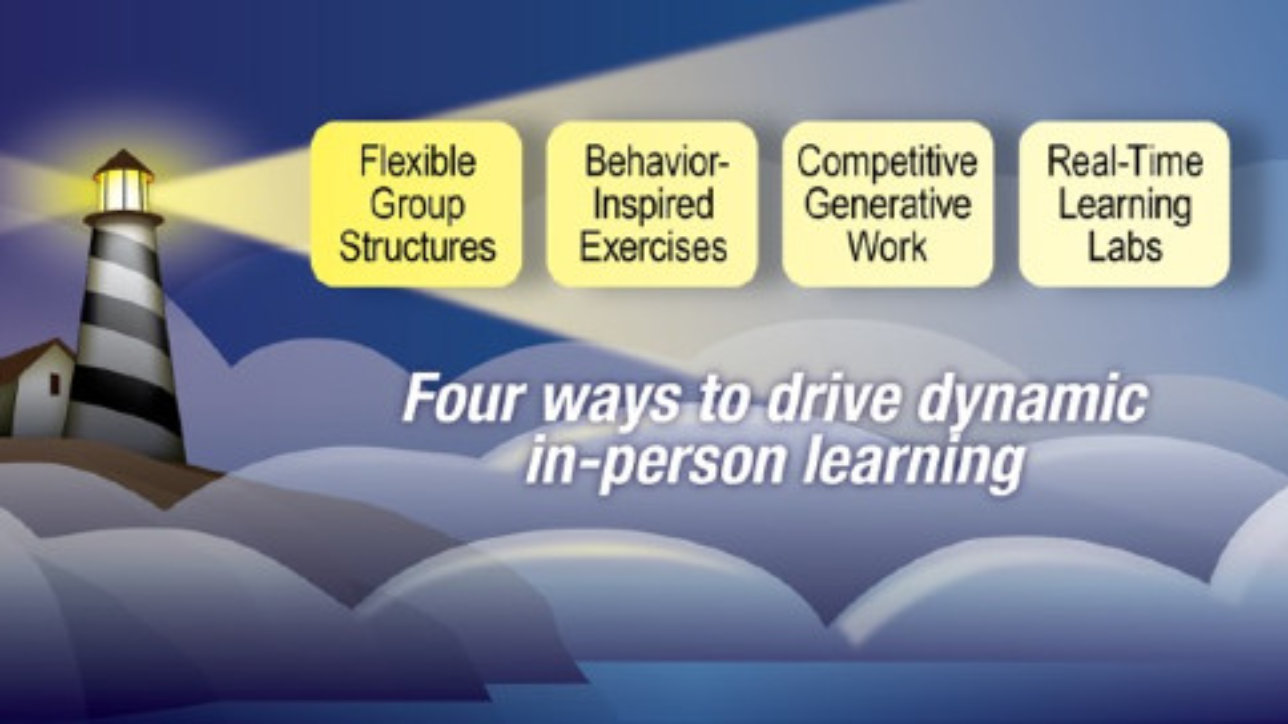Flexible Group Structures
- Interactions between people are fascinating and provide a fertile environment for learning. Why do you think talk shows are so popular? You’d think it would be as easy as getting a group of people together, galvanizing them with a topic and watching them go.
- But there are certain structures that work better than others. In fact, organizing with fewer people for shorter periods of time actually yields much stronger outcomes than traditional discussion group structures.
- And shifting the group dynamic during the experience can take things to a whole new level.
Success Story
During a recent in-person research project, four consumers were interviewed together, then broken into pairs to build a storyboard. After sharing their work in a show-and-tell format, they were asked to write individual reflections on what was learned. This provided a degree of depth and breadth not achievable in a simple group discussion.
Consumers desperately want to show us their ideas. Brands desperately need to find the right direction more quickly. Let’s talk about how to put dynamic in-person research to work for you, so you can clear away the fog and find the path to deep, rich, meaningful insights.
Note: This is the first in a series of four posts. They originally appeared as one article in the January/February 2020 issue of Quirk’s Marketing Research Review. You can find it on page 44 in the special Outlook section under the title: “Dynamic In-Person Research Clears the Path to Insight.”
See Kelley at The Quirk’s Event – Chicago
Planning to attend The Quirk’s Event in Chicago? Be sure to attend my presentation: The Feast of Options – Qualitative Tech Integration for Maximum Impact. Find out how we leverage team dynamics, behavioral science, and multi-modal approaches while applying the latest technology.



